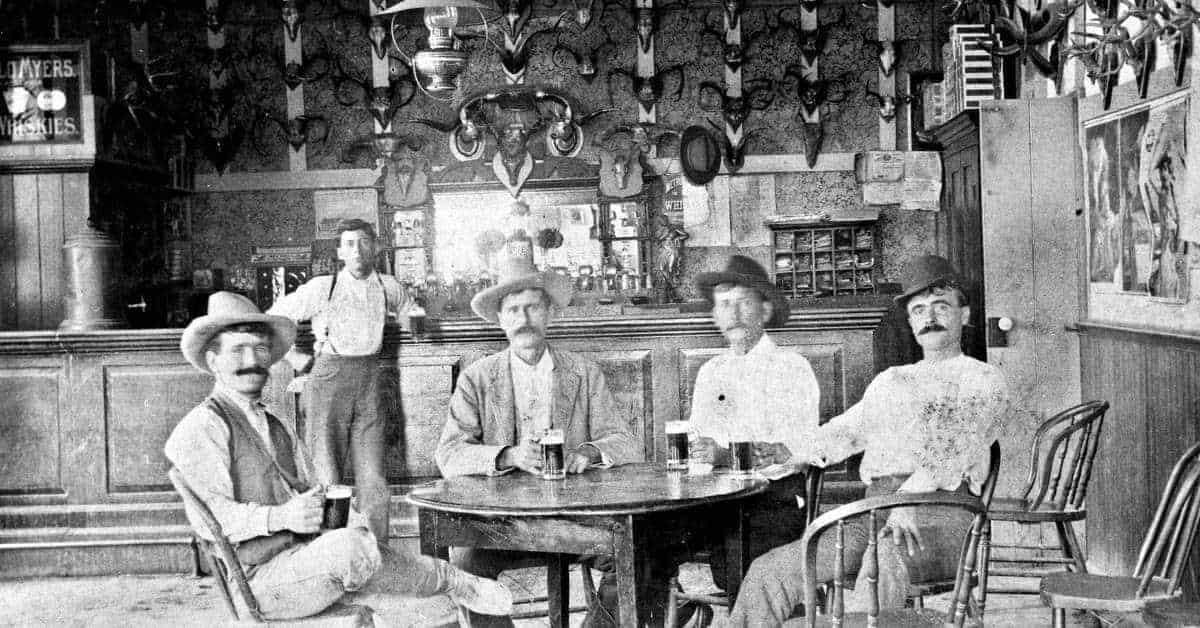The founding and development of the United States of America certainly didn’t happen overnight, nor did it occur without bloodshed and sacrifice. From the earliest settlers struggling in virgin forests, to the audacious pioneers that relentlessly marched westward across the Great Plains, dangers lurked around every corner. As time went on, most Americans increasingly settled for the relative safety of eastern towns and cities. For a bold few, however, the call of the unknown was irresistible. These frontiersmen and pioneers traveled a dangerous path, literally walking a fine line somewhere between life and death. What follows are some of their stories.
Trapper Survives Grizzly Bear Attack, Crawls Back to Civilization
Our first story is a familiar one, partly due to the success of the 2015 film, The Revenant. It’s a semi-biographical work in which Leonardo DiCaprio portrays the nineteenth-century American frontiersman, Hugh Glass. The explorer’s story has been retold many times over the years. Several literary tales, television episodes, and film adaptations preceded the 2015 movie, variously recounting his gruesome ordeal with differing degrees of accuracy. In a nutshell, Glass managed to fend off a vicious grizzly bear attack, while guiding an expedition through the wilderness. Gravely wounded and left for dead, the resolute frontiersman crawled 250 miles back to civilization, miraculously surviving the entire ordeal.

Regardless of how others embellished Glass’s story over the years, historians agree on two disturbing and impressive points. First, Hugh Glass was the genuine article. Born around 1783, he spent his entire adult life on the frontier. He already established himself as a reliable hunter, tracker, and frontiersman prior to the fated Ashely Expedition of 1823. Also, Glass truly did manage to single-handedly survive the enraged grizzly’s initial assault. Despite being badly mauled, he fired off a pistol shot, which scared the bear and alerted his fellow trappers. Together, the men eventually killed the grizzly.
The remainder of Glass’s story is sometimes overstated but nevertheless remarkable. Fellow trappers carried him through the wilderness for two days, which slowed the entire party and placed the group in immediate peril—an aggressive band of Arikara Indians were hot on their trail. Expedition leaders refused to mercy-kill the near-dead Glass, instead of leaving two volunteers behind with the guide until he succumbed to his wounds. Fictionalized accounts insist that fellow trapper, John Fitzgerald, tried to murder Glass to recoup lost investments and hasten his escape. Fitzgerald, however, simply ran because he thought Glass dead (a fact corroborated by others later down the road).

Glass survived unaided in the wilderness for weeks, swearing vengeance on the pair that abandoned him. Despite infected wounds, broken bones, and deep lacerations across his back, he slowly crawled back to the Missouri River. He survived on what could be harvested from the forest floor, including insects and the discarded, half-eaten kills of nearby predators. Glass eventually caught up with the pair of men, threatening to kill one and shaming the other. The tough frontiersman finally met his demise ten years later, along the Yellowstone River, when he was killed by a hostile party of Arikaras in 1833.

